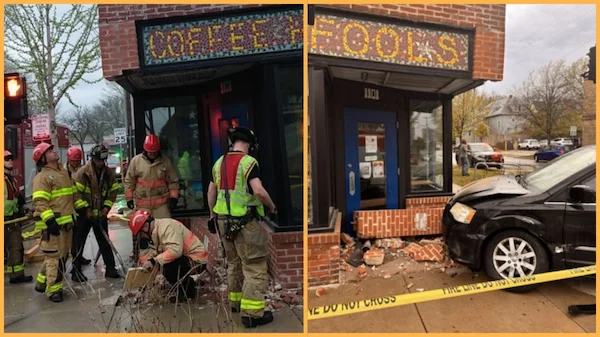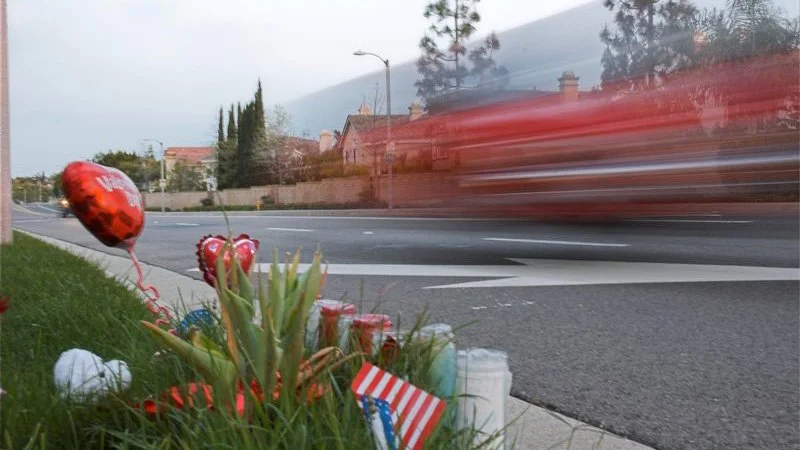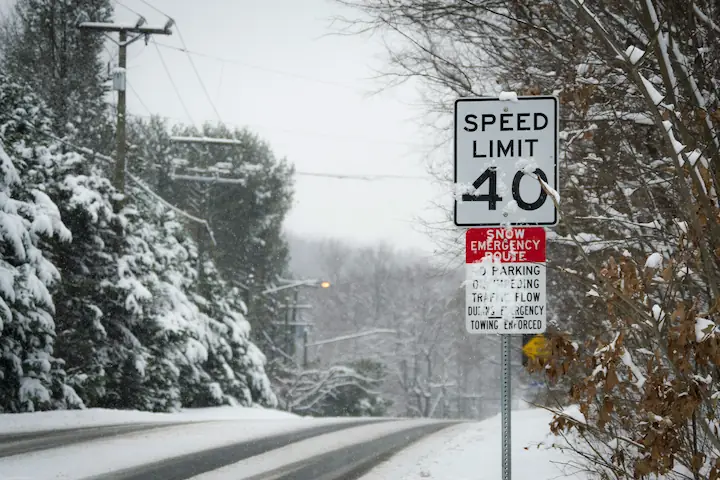Editor's Note: The challenges our cities face are growing, but so is the strength of this movement. Every story we share, every idea we spread, and every tool we build exists because people like you are committed to showing up. Your membership isn’t passive—it’s the momentum that makes change possible.

In early July, a string of tragedies unfolded along Route 6 in Fairhaven and New Bedford, Massachusetts. On July 2, a 41-year-old man died after losing control of his car on the New Bedford-Fairhaven bridge — a bridge known for being dangerously slippery in the rain. Two days later, a 16-year-old girl was hit by a car while walking across the same bridge. She suffered severe injuries. The next day, July 5, a 17-year-old girl was killed in a crash on the same road.
Four days. Three crashes. Two lives lost. One life changed forever. For residents, this wasn’t just a bad weekend; it was a turning point.
In the wake of the tragedies, the area’s Local Conversation — South Coast Places for People — took action. They formed the Route 6 Working Group, a community group with the goal of reshaping the road to truly meet the community’s needs.
“[The crashes are] certainly not a coincidence,” Will Gardner, a Strong Towns member and leader of South Coast Places for People, told The New Bedford Light. “There are features of this corridor that make it more dangerous.”
Some of those design features were discussed during the working group’s first meeting, which attracted around 30 participants. Residents pointed out that Route 6 has four lanes of traffic, a design that’s better suited for a highway than a street lined with homes and businesses. They talked about the area’s inconsistent pedestrian and biking infrastructure, as well as the confusing range of speed limits from 30 to 55 mph. The group plans to conduct a walking audit of the area next month to identify other design problems.
These conversations come at a critical moment, both because of the recent crashes and because the New Bedford-Fairhaven bridge is scheduled to be rebuilt in 2028. That means advocates and officials are in a good position to push for a redesign of the bridge — and the surrounding roadway — so it better serves the people who live, work, and walk along it.
But residents don’t have to wait for 2028 to see improvements. At the meeting, regional planner Jonathan Gray explained that pilot projects can make streets safer quickly and at a low cost. Temporary materials like paint and plastic posts can slow traffic, improve visibility, and create safer crossings while longer-term designs are developed.
The situation on Route 6 isn’t unique. Across the country, streets originally designed to move cars quickly between towns have become dangerous barriers within them. When the default approach prioritizes traffic flow over the needs of residents, tragedies like the ones in Fairhaven and New Bedford are far more likely. Our cities need a different approach, one that begins with the people who use the street every day.
The Route 6 Working Group shows how a local response to tragedy can spark the kind of change every community needs. But you don’t need to wait for a tragedy to occur to start these conversations in your place. Click here to connect with other advocates in your area.





